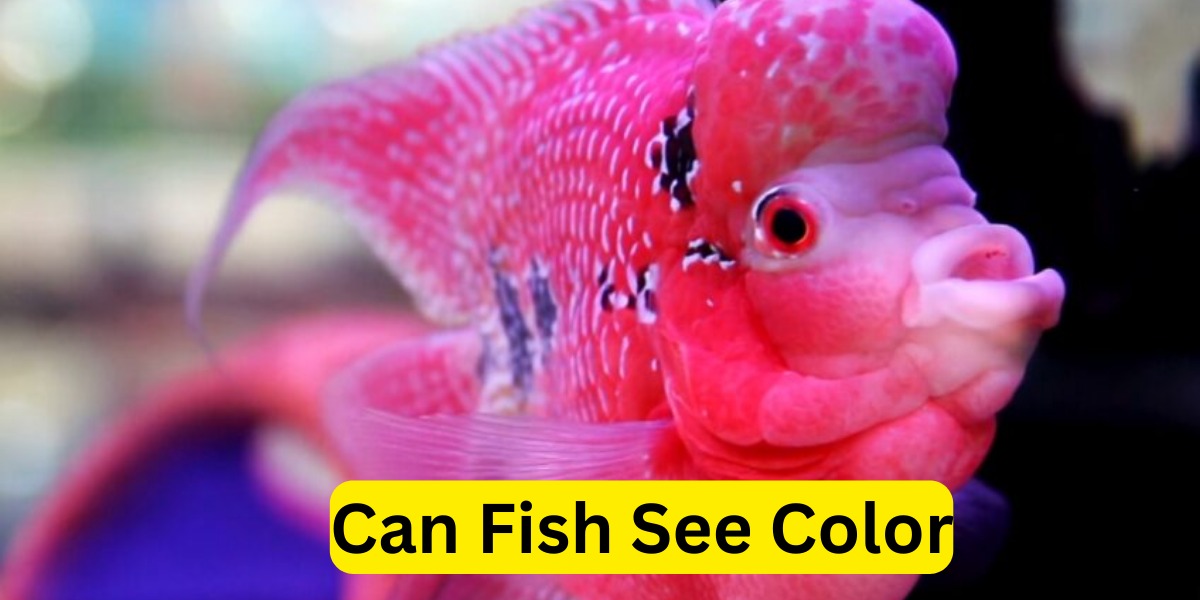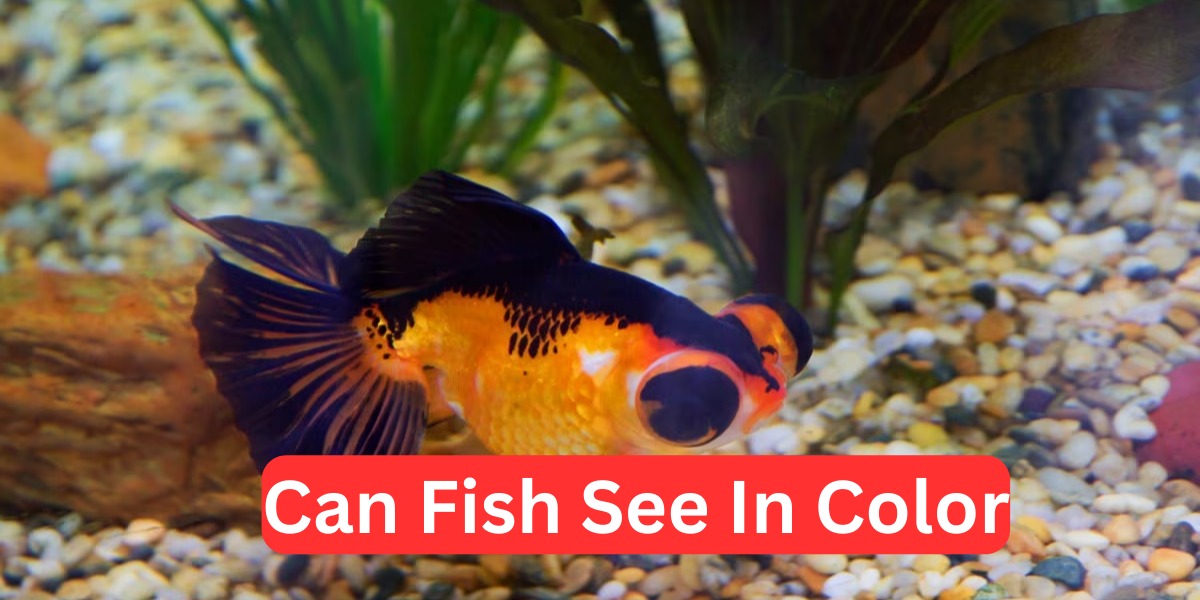Fish are fascinating creatures that inhabit a world quite different from ours. One intriguing aspect of their sensory perception is their ability to see colors. In this article, we delve into the visual abilities of two popular fish species: Arwana and Sherry Fish. Do these aquatic creatures perceive the underwater world in vibrant hues, or is their vision limited? Let’s dive in and find out.
How Vision Works Underwater
Fish have evolved to thrive in their aquatic environments. Their visual systems have adapted to the unique challenges of underwater life. Water affects the way light behaves, altering the colors and clarity of objects. Fish have specialized eyes that enable them to perceive light and color even in water’s ever-changing conditions.
Arwana Fish Vision
Arwana fish, known for their distinctive appearance and graceful movements, inhabit freshwater environments. Studies suggest that Arwana fish possess color vision, albeit different from that of humans. Their eyes contain specialized cells called cones, which are responsible for color perception. These cones are tuned to different wavelengths of light, allowing Arwana fish to distinguish certain colors.
Sherry Fish Vision
Sherry fish, another captivating species, are also believed to have color vision. These fish are known for their playful behavior and vibrant scales. Similar to Arwana fish, Sherry fish likely have specialized cones that help them perceive colors. This ability aids them in various aspects of their lives, from identifying food sources to communicating with other members of their species.
Colors in the Underwater World
The underwater environment poses unique challenges to color perception. As light penetrates water, it gets absorbed and scattered, altering the way colors appear. Red and orange wavelengths are among the first to vanish, followed by yellow and green. Blue and violet wavelengths, on the other hand, are more visible. Fish have adapted to this altered spectrum, enabling them to make the most of the available colors.
Role of Color Vision in Behavior
Color vision plays a crucial role in fish behavior. Arwana and Sherry fish likely use their color perception to locate food, identify potential mates, and differentiate between species. Vibrant colors might indicate health and vitality, influencing mate selection. Additionally, color changes in response to stress or environmental factors could convey important information within fish communities.
Camouflage and Predation
Colors also serve as a survival strategy. Many fish have evolved the ability to change their skin color to blend into their surroundings, making it harder for predators to spot them. Conversely, some fish display vibrant colors as a warning to predators, indicating that they are toxic or dangerous.
Human Perception
Understanding fish vision enhances our appreciation for the underwater world. However, it also raises questions about the impact of human activities. Brightly colored plastics and pollutants can disrupt the natural color spectrum underwater, potentially affecting fish behavior and ecosystems.
Conservation Considerations
Arwana and Sherry fish are often kept as ornamental pets, which raises concerns about their conservation. Overharvesting and habitat destruction can threaten these species. By studying their visual abilities and behaviors, researchers can gain insights that contribute to their conservation.
In the depths of aquatic environments, Arwana and Sherry fish navigate a world of colors beyond our human perception. Their specialized vision allows them to thrive in their surroundings, influencing their behavior, survival strategies, and interactions. As we continue to explore the mysteries of underwater life, let’s remember the importance of preserving these unique species and their vibrant, unseen world.








